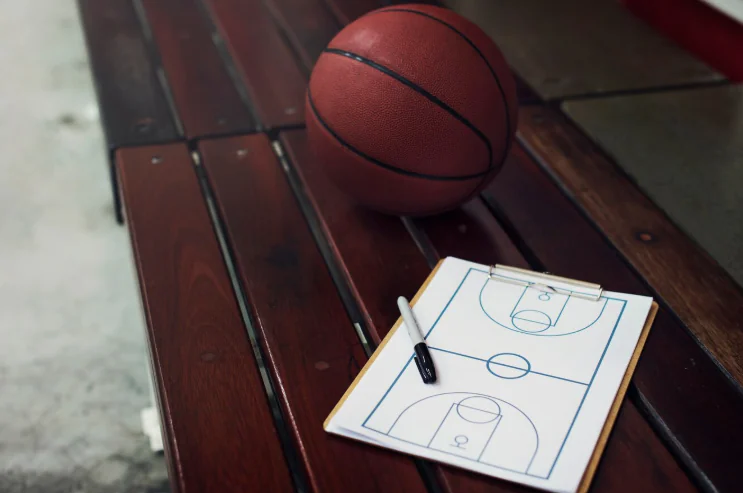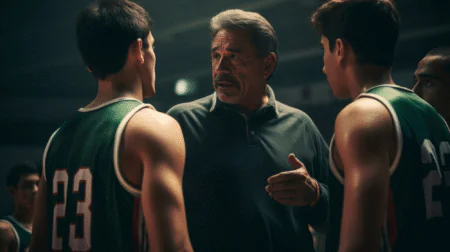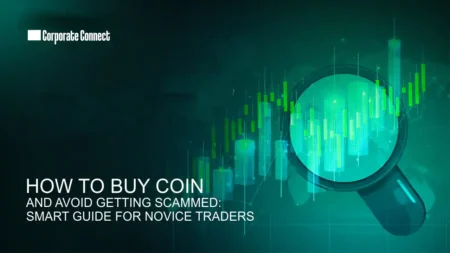You believe that the game is finished. The scoreboard yells out defeat. But something turns around. NBA greatest comebacks are not only highlights, they are lessons in how to survive when all the odds say you are finished. To everyone who has ever seen a bet go bad or tee a bet emerge out of the ashes, these games demonstrate how quickly tides can change.
Historic Deficits Overcome
Nobody can forget the 2017 Cavs, who rallied back against a 26-point deficit against Indiana. Or the Clippers coming back on the Warriors after being 31 points down, in the playoffs, in 2019. Moments like these hit hard, like watching a crazy run unfold on Melbet live casino, where one move changes everything. Not only are these victories, but they are tales of survival. It always has something to precipitate it: one defensive stop, one and-one, one bench player who gets hot.
The trailing team tends to play looser, freer, while the team leading tends to play tighter. There are missed open looks, lazy turnovers, and panic timeouts. Talent is not the thing anymore. It has something to do with nerves. And the ones that keep theirs reverse the script.
The Leadership Role in Turnarounds
Major comebacks do not happen by chance; they often involve a voice of calm at the helm. The correct leader will not panic. He establishes the mood, speaks in groups, requires defense, and has the team back on track. And not necessarily the top scorer.
Some significant clutch leadership moments in comebacks:
- LeBron James: Kept the pace and provided accurate passes during that 26-point Cavs-Pacers turnaround.
- Chris Paul: Barks instructions, attracts fouls, and makes the game crawl in several Suns comebacks.
- Jimmy Butler: Sparked emotional rallies with sheer force of will and nuts two-way hustle.
- Andre Iguodala: A solid floor general – shot at the right time and made reads that no one could have predicted.
Leadership confuses so clarity. Without it, momentum will die.
Psychological Momentum in Comebacks
Basketball momentum is not a stat; it is a change of air. You feel it even before it is on the scoreboard. It transforms body language, stiffens rivals, and gives hope to hopeless teams. You can see the same shift by watching the wild swings on pages like https://www.instagram.com/melbet.pakistan_official/, where the unexpected happens quickly. That momentum is nourished by two invisible forces, the crowd and the perception that somehow, it is not over.
Crowd Energy and Emotional Shifts
With the shaking of the roof, everything changes. Three corners, a chase-down block, and all of a sudden, the home crowd becomes a sixth man with lungs. You hear it, then you feel it. The opponents cease to speak. Trainers shout through the sound. Confidence is like a puncture in a tyre.
The Celtics-Nets comeback in 2002? Boston lived on every gasp, every roar. They were losing by 21, and they still had a feeling that they were winning. And when the fans believe, then the players begin to think. The arena is transformed into a cauldron, and the team that rides the crowd is no longer fatigued.
Belief and Team Unity
Faith never appears in a box score, but faith wins games. Consider the 2008 Spurs that were 0-2 against the Hornets. No panic, no finger-pointing, just in the system, coaching, and each other. They understood themselves, even when they were not hitting shots.
In those close races, it is body language that speaks. You do not see teammates walking after a foul, but huddling. Communication sharpens. Stars postpone when necessary. Benchmen get clutch. It is not the dragging of the team by a single player, but five playing as one. As soon as the belief is disseminated, the comeback becomes a reality.
Tactical Adjustments That Spark Change
Coaches do not get highlight tapes, but they bias the court. A change of a single screw–and the foe appears to be at a loss, even startled. You know it: a zone when there was man-to-man, a trap that causes chaos, or a bench player who came on the court just to chase the ball for two minutes of hell. If the scoreboard is bleeding, the decision to stop it is usually a sideline decision.
Tyronn Lue, at one point, iced a Warriors run by going small, baiting switches, and isolating. Out of nowhere, Nick Nurse doubled Embiid and turned a playoff series. These are not flips of the coin. They are well-thought-out, well-trained, and courageous decisions made under live fire.
Why These Games Are Important Nowadays
These returns are more than just in basketball. They remind you that swings come quick, and nobody is ever all out. Momentum is tenuous, and emotion counts whether you are betting or simply watching. A single flame can turn everything: the audience, the vibe, the masses. That is the reason we watch and the reason we believe, even when the situation is hopeless.
Add Business Connect magazine to your Google News feed










